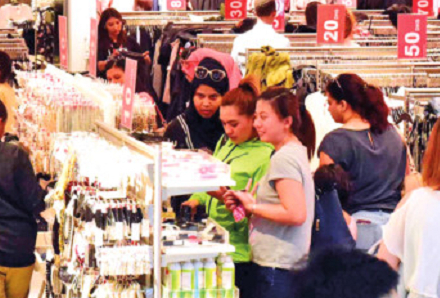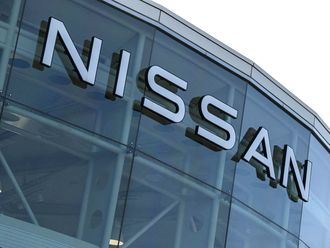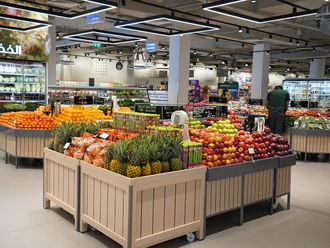Dubai: The UAE’s retail market is undergoing a condensed version of the changes that Europe has been through over the past 10 years, according to a senior retail analyst.
Because of its accelerated nature, “it’s a bit more brutal here, when you see the decline of some of the concepts,” said Alexis Lecanuet, managing director for retail and consumer goods at Accenture.
“But it’s not that different,” he added.
One of the defining symptoms of the change that has engulfed Europe and the US is a move towards e-commerce, and another is the decline in physical retail space.
In Lecanuet’s estimation, the retail sector regionally, and globally, is undergoing something of a bifurcation, forking out in two directions.
One direction is towards the top-tier malls, that offer something completely unique, such as Dubai Mall or Mall of the Emirates.
“These malls will not be the first to suffer from the rise of e-commerce,” Lecanuet said, adding that they would be safe for a long time, continuing to attract visitors.
Equally, he said, malls could tailor a more specific, customised experience which utilises technology, to appeal to a more local market.
In a similar state of divergence, according to Lecanuet, are the world’s stores.
“I believe that stores will need to branch out in to two forms: Either the flagship store at the top-tier mall, or the smaller, personalised store that holds more stock and leverages innovative technologies,” he said.
Lecanuet was speaking to Gulf News in an interview at the Retail Leaders Circle event in Dubai on Tuesday.
Many speakers at the event tabled the possibility of store closures in the coming years, in stark contrast with three years ago, when many retailers were boasting off substantial store openings.
One of the remedies prescribed by Lecanuet for local retailers trying to weather the storm is to learn from Europe’s successes, and its failures.
“Half of the agenda [for local companies] is to get right what was done in Europe over the last 10 years,” the senior analyst said. “So what are the key pillars of the successful omnichannel transformation that happened in Europe?.”
One of these key pillars was the use of data to deliver more personal experiences, according to Lecanuet.
Another element was the prevalence of mobile internet browsing, which, “by any benchmark... is higher.”
Lecanuet stressed that this did not mean that mobile commerce was higher, but instead that the influence of mobile browsing in the shopping experience was greater.
“To compete in a tough market, you must bring a better experience,” he said.













